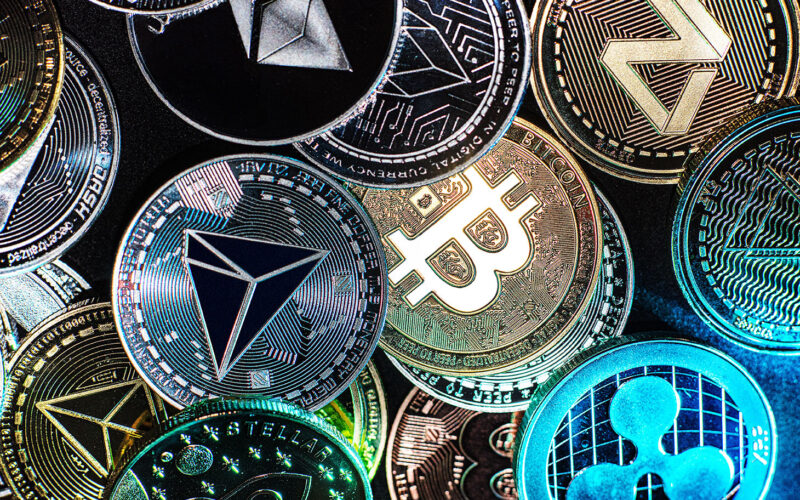In today’s issue:
- Selling drugs online like books or lightbulbs
- Pardon me?
- Step one of the strategic plan
I have a confession to make.
I stole today’s headline. There’s a good reason for it though.
It’s a crucial part of the story about how a multi-million-dollar drug website means you now stand in front of one of the most profitable opportunities in history. I’ll explain that in a moment…
The currency of drug dealers
In 2011, journalist Adrien Chen published an article on Gawker (now Wired) with the exact same headline.
The subheading reads:
Making small talk with your pot dealer sucks. Buying cocaine can get you shot. What if you could buy and sell drugs online like books or light bulbs? Now you can: Welcome to Silk Road.
Chen goes on to describe a site on the deep web (the underground part of the internet, hidden from plain sight and only accessible through The Onion Router (TOR) network) that defied belief: Silk Road.
Any drug imaginable sounded too wild to be true. But it was true.
I know, because I saw it first hand in 2011. It’s a big part of how I fell down the bitcoin rabbit hole.
First, I should say I was curious and intrigued by Silk Road. I had spent time exploring the deep web and had seen bitcoin mentioned a few times, then in 2011 I saw this site called Silk Road. After finding Silk Road’s TOR onion address (an adventure in its own right) I went to have a look, just to see if this crazy place was real.
It was.
For a lot of bitcoin (because BTC was worth cents back then), you could buy mushrooms, weed, hash, cocaine, any drug imaginable. And then I left – without purchasing anything.
At the time, no one really knew or cared about bitcoin. Then Chen published his article and very quickly, bitcoin’s notoriety skyrocketed. This was the “currency” for drug dealers and drug users.
The site itself was a phenomenon. It’s estimated that during its existence, it processed over $200 million worth of drug sales. It probably would have attracted a multi-billion-dollar valuation had it sought funding, IPO’d or been legal.
But it wasn’t. It was an illegal site. A very successful one, but illegal.
The brains behind it was a guy only known as Dread Pirate Roberts (a name borrowed from a character from The Princess Bride novel and movie).
For a long time, the FBI tried to find DPR and shut down Silk Road. However, it wasn’t until 2013 that the FBI found out who created Silk Road – Ross William Ulbricht – and shut it down.
The US government threw the book at Ulbricht. He was found guilty of a long roll call of crimes in 2015 and sentenced to a life sentence in prison and the forfeiture of over $183 million.
Ulbricht created Silk Road and profited from it. He was also the earliest example of someone using bitcoin at scale as an economic and financial instrument.
Strangely, he showed the world very early on that bitcoin meant something.
After a decade in prison, Ulbricht’s now a free man thanks to President Donald Trump pardoning him on Wednesday. It’s likely you can expect to hear from him on major podcasts for the next several months.
Like him, hate him, agree with his sentence or agree with his pardon – it’s a moot point. The fact is he’s done more for bitcoin than any CEO, hedge fund, investment giant or talking social media head.
Step 1: Free Ross. Step 2: Profit.
Because of the notoriety of bitcoin as the currency of the Silk Road site, and because of Ross Ulbricht, bitcoin flourished in the years after. Bitcoin (and somehow Ulbricht) have become a symbol of libertarian freedom.
Bitcoin emerged from the underground deep web to the mainstream at an astonishing speed. We’re now looking at global institutions with trillions of assets under management launch bitcoin products and multi-billion/trillion-dollar companies adding bitcoin to their balance sheets.
We’re looking at the US government adding as much as one million bitcoin to the federal treasury over the next five years with what it calls a Strategic Bitcoin Reserve.
In the decade that Ulbricht has been behind bars, bitcoin has changed, the world has changed, economies, finance and money have changed.
By embracing that change – and recognising that we’re not even remotely close to a “currency of drug dealers” anymore – I believe this puts you in the box seat, ready for what comes next with bitcoin and the expansion of crypto into our lives.
When you add up the demand from institutions, corporations, regular investors and soon from governments, I think that bitcoin at $100,000 is still cheap. I can see its price soaring past $1 million.
If you listen to big-hitters in the crypto space, like Coinbase CEO Brian Armstrong who says “multiple millions” of dollars is possible… and Michael Saylor, CEO of MicroStrategy, who says $13 million per bitcoin is a target in the next 21 years… maybe I’m not bullish enough?
The US government is moving towards a Strategic Bitcoin Reserve. I expect the next step will be to ensure rules and regulations (and tax benefits) are in place for American bitcoin and crypto companies to profit most when the Strategic Bitcoin Reserve is officially law.
That still gives you a window of opportunity to ensure you’re on this train. It is not too late – maybe it’s never too late – but I see things moving quick. With changes under President Trump, I expect bitcoin to head higher, much higher. [Don’t invest unless you’re prepared to lose all the money you invest. This is a high-risk investment and you should not expect to be protected if something goes wrong. Take 2 mins to learn more.]
Regards,

Sam Volkering
Contributing Editor, Fortune & Freedom


